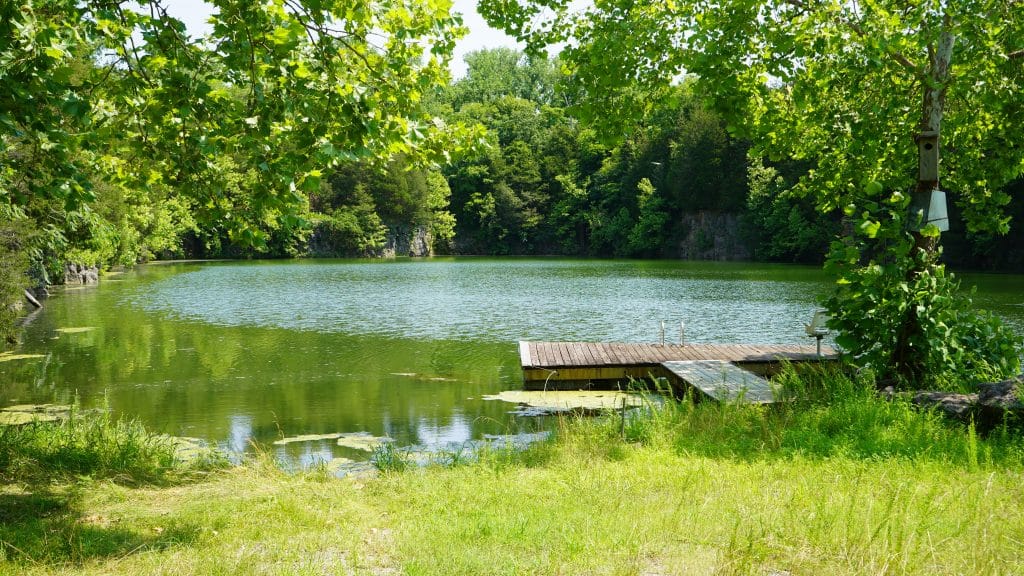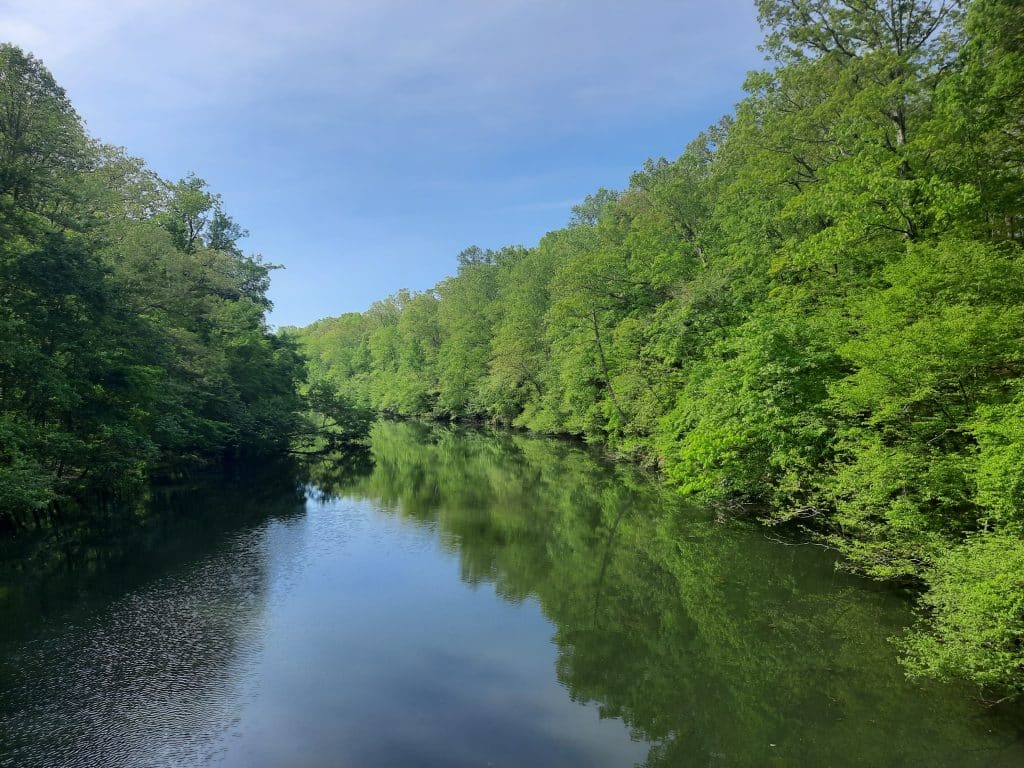How Land Conservation Protects Tennessee from Flooding
Flooding: The Most Common and Costly Natural Disaster in the United States
Most Tennesseans are familiar with the most common and costly natural disaster in the United States: Flooding. Particularly damaging storms like Hurricane Helene remind us how quickly rivers can rise and spread beyond their banks. As our state rapidly develops and farmland and forests are replaced with pavement and rooftops, rainwater has fewer places to soak into the ground. The result is faster runoff, higher flood levels, and greater damage to communities.

But when we’re looking for solutions to this issue, it’s best to look to nature. Wetlands, forests, and floodplains slow down water, reduce erosion, and protect clean water. Conserving these landscapes is one of the most effective ways we can prepare for future storms.
Wetlands: Sponges and Kidneys of the Landscape
Wetlands are areas where water collects permanently or seasonally. They act like giant sponges, soaking up floodwaters and releasing them slowly back into rivers and streams. This natural storage reduces downstream flood risk, since the water has somewhere to go.

Wetlands are also sometimes referred to as “nature’s kidneys” because they are excellent at filtering pollutants. As water sits in a wetland, sediment settles out, plants take up nutrients, and microbes break down contaminants. By the time water flows back into rivers, it is cleaner and healthier. Without this filtration, flood water can carry pollution directly into rivers, streams, and other water sources.
Tennessee has already lost much of its wetland acreage to draining for development. Protecting what remains is essential for reducing flood damage and improving water quality.
Floodplains: Release Valves for Rivers
Floodplains are the flat lands alongside rivers that are naturally designed to flood. When rivers rise, floodplains give water room to spread out safely instead of rushing into nearby homes, businesses, or infrastructure.

Communities that keep floodplains open and undeveloped are more resilient. Conservation easements are a tool that ensure floodplains stay open and continue to provide this critical service.
Forests: Anchors and Canopies
Forests provide another layer of protection. Tree roots keep soil intact, reducing erosion during storms. The leaves of the tree canopy intercept rainfall, slowing the speed at which it reaches the ground. Forest soil itself is highly absorbent, allowing rain to infiltrate instead of rushing off into streams.

When forests are cleared, erosion often increases. Sediment ends up in waterways, making river dirtier and cloudier, damaging aquatic habitats, and reducing water quality. Conserving forested land in Tennessee’s watersheds is a key step to slowing floods and protecting our rivers.
How Land Conservation Fits In
At The Land Trust for Tennessee, we work with landowners to conserve wetlands, forests, and floodplains through voluntary conservation agreements. These partnerships ensure that land can continue providing natural flood protection for generations to come.
Conservation also means stronger communities. By keeping floodplains open and absorbent, protecting wetlands, and maintaining healthy forests, Tennessee can reduce future flood damage, protect clean water, and safeguard farms and neighborhoods.

Protecting People by Protecting Land
Tennessee will continue to face the most common and costly natural disaster in the United States: flooding. But when we protect the land that protects us, we give our communities the best defense against the storms ahead.
To learn more about how land conservation supports flood resilience, contact us at [email protected].